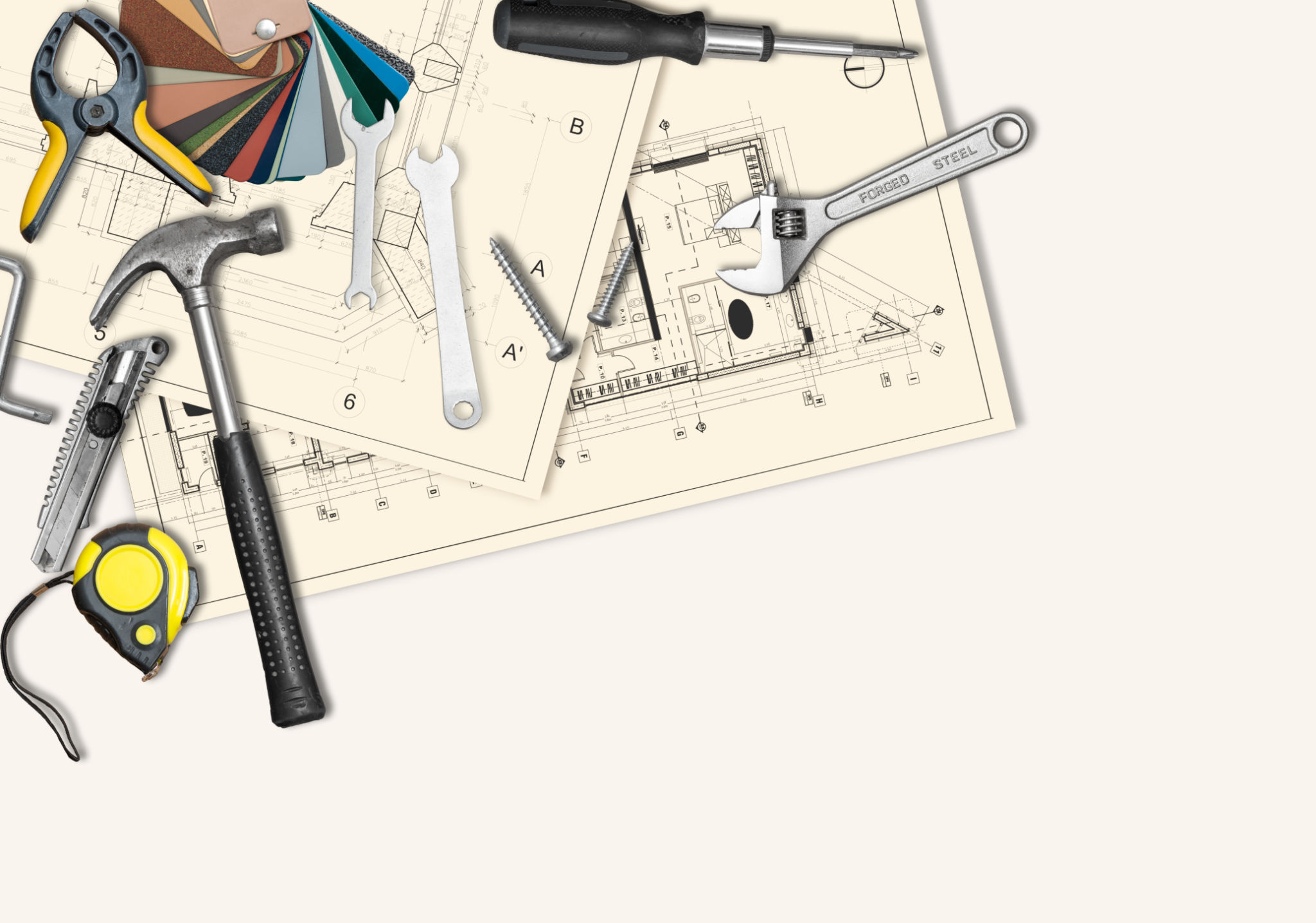How to Prepare Your Yard for Florida's Rainy Season: A Complete Checklist
Understanding Florida's Rainy Season
Florida's rainy season typically spans from late May to October, bringing heavy rainfall and sometimes severe storms. This period can be challenging for homeowners who want to maintain a beautiful and functional yard. Preparing your yard for the rainy season is essential to prevent damage and promote healthy growth.

Inspecting Your Yard
Check Drainage Systems
One of the first steps in preparing your yard is to inspect and clean your drainage systems. Ensure that gutters and downspouts are clear of debris, such as leaves and twigs, so water can flow freely. This will prevent water from pooling in unwanted areas, which can lead to flooding and erosion.
Assess Plant Health
Examine your plants for any signs of disease or pest infestations. Healthy plants are more resilient to heavy rains. Trim any dead or overgrown branches to improve air circulation and reduce the risk of storm damage. Consider applying a layer of mulch to help retain moisture and protect plant roots.

Yard Maintenance Tips
Reinforce Structures
Inspect fences, sheds, and other structures for stability. Reinforce any weak areas to withstand strong winds and heavy rains. For outdoor furniture, consider storing them indoors or securing them properly to prevent damage.
Lawn Care Preparations
Your lawn is vulnerable during the rainy season. Start by aerating the soil to improve drainage. This will help prevent waterlogging and promote healthy grass growth. Additionally, adjust your mowing schedule to avoid cutting the grass too short, which can make it susceptible to disease.

Protecting Outdoor Features
Patio and Deck Protection
If you have a patio or deck, apply a waterproof sealant to protect these surfaces from excessive moisture. Regularly sweep away debris to prevent mold and mildew growth. This will ensure your outdoor spaces remain safe and enjoyable throughout the rainy season.
Secure Loose Items
Take inventory of any loose items in your yard, such as potted plants, decorations, and garden tools. Store smaller items indoors or in a shed, and securely anchor larger items to prevent them from being damaged or displaced during storms.

Final Touches for a Resilient Yard
Once you've completed these steps, consider planting native plants that are adapted to Florida's climate. These plants are more likely to thrive in wet conditions and require less maintenance. Additionally, regular monitoring throughout the rainy season will help you address any issues promptly.
By following this comprehensive checklist, you can protect your yard from potential damage during Florida's rainy season while ensuring it remains a beautiful and inviting space.